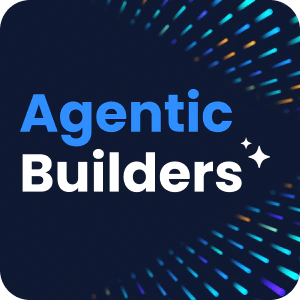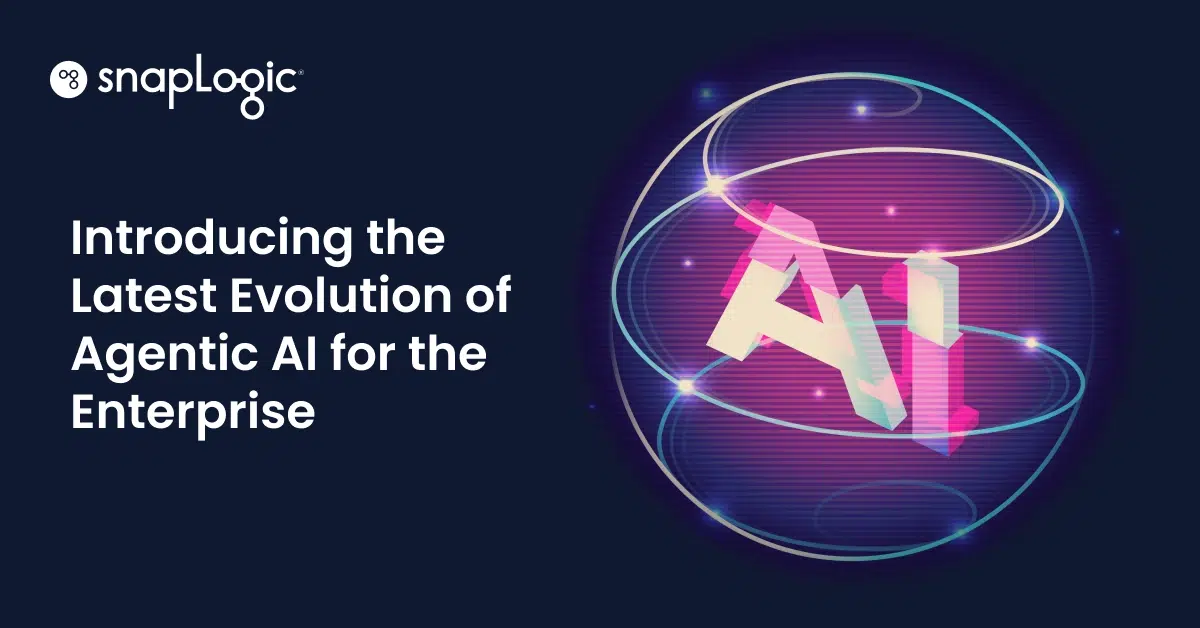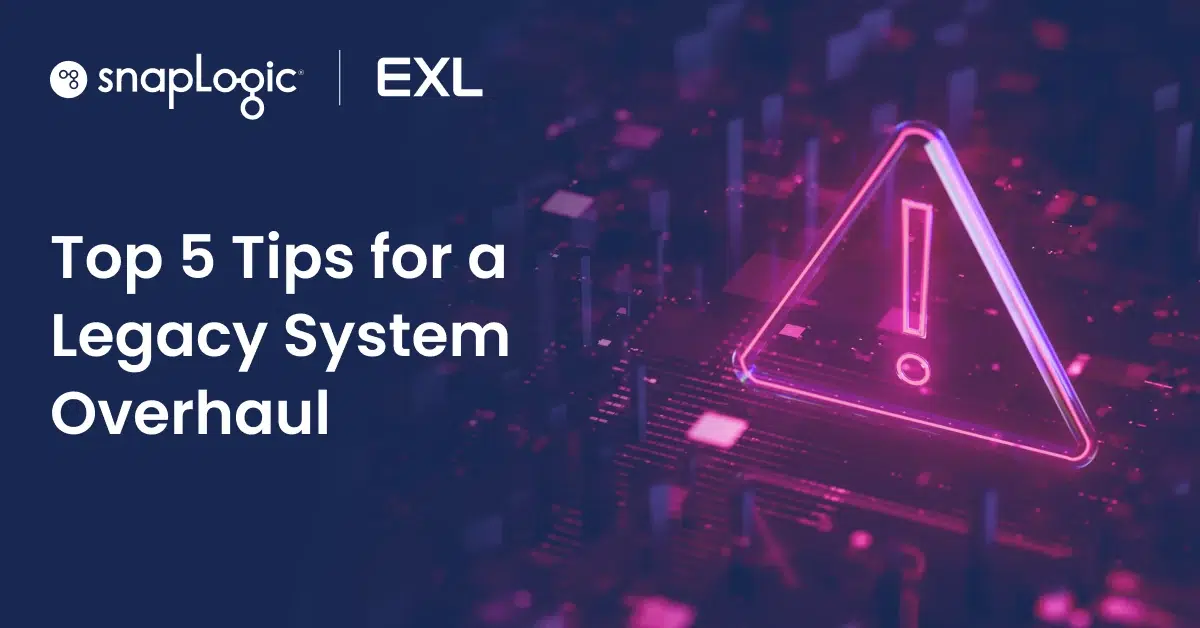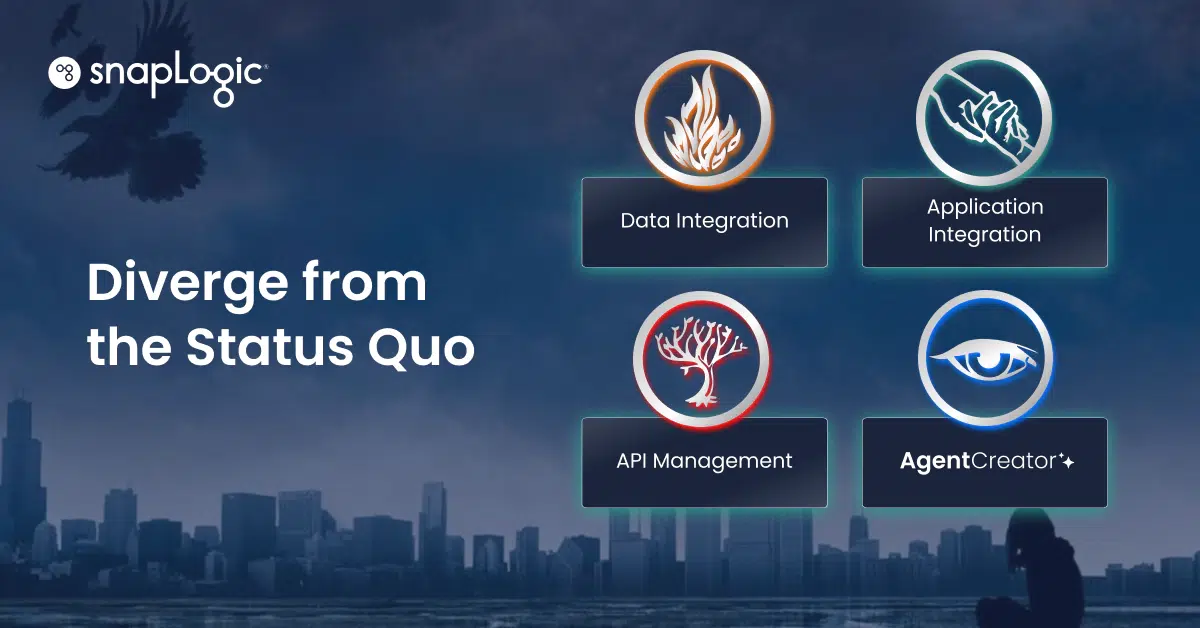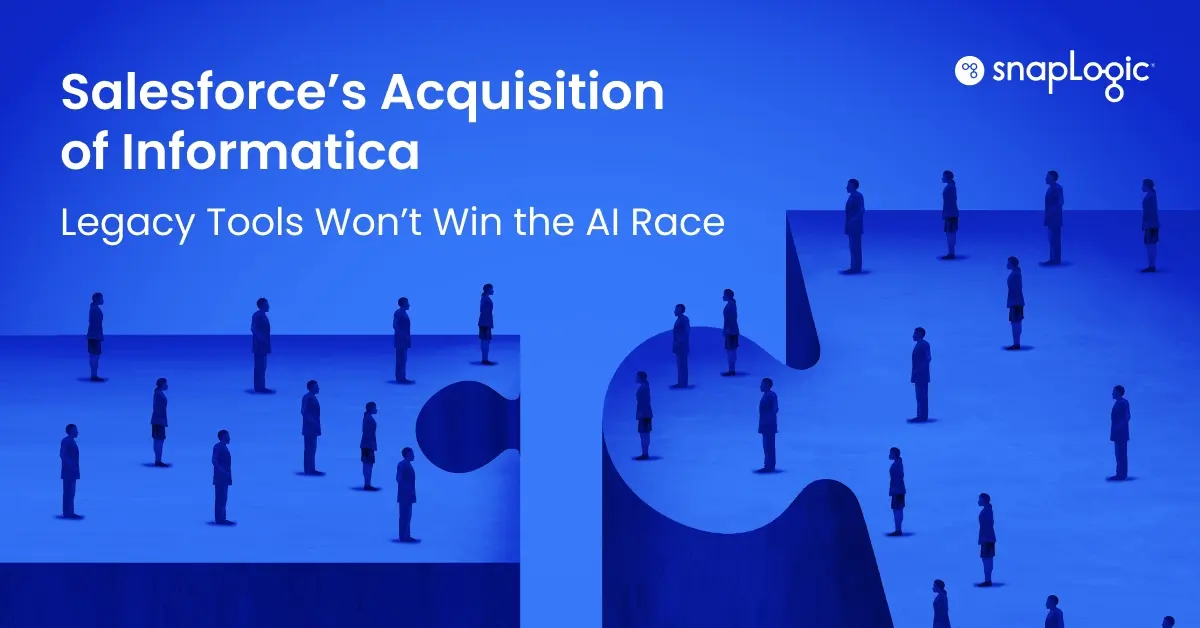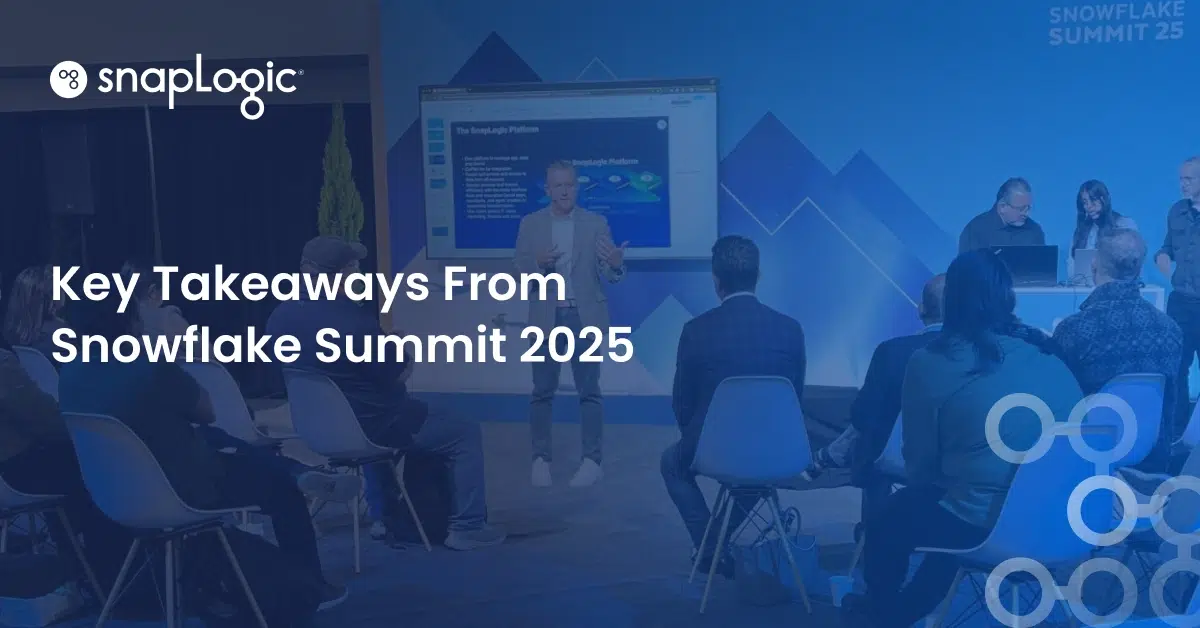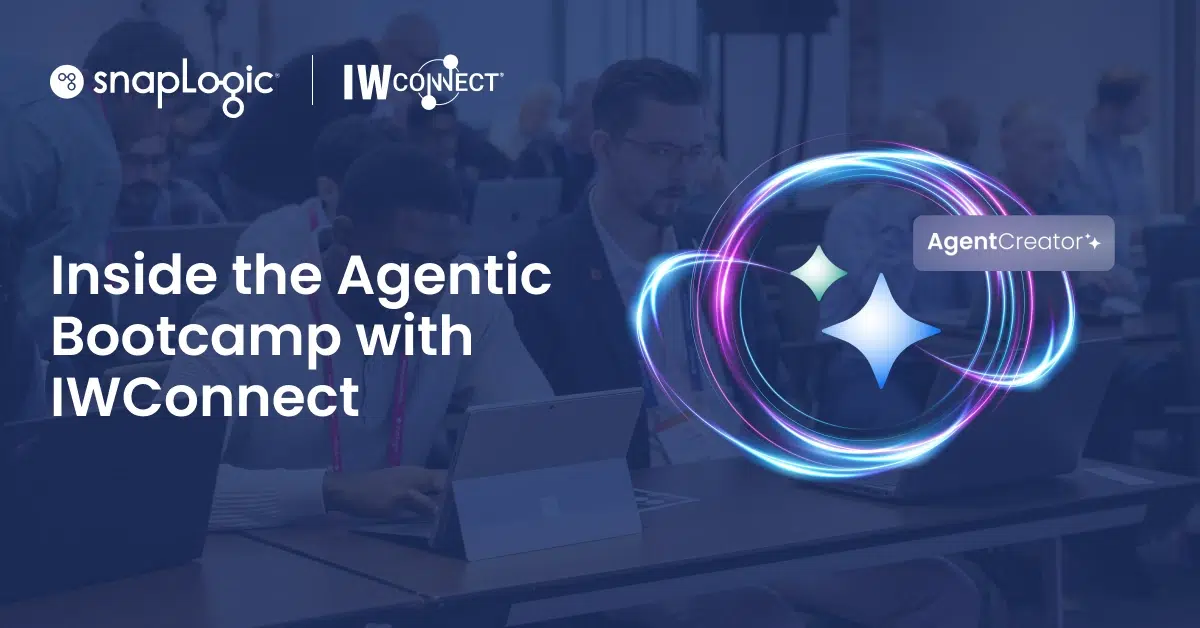Generative Integration Tips and Tricks
Join the generative integration movement around the world and receive the SnapLogic Blog Newsletter.
Featured
Search Results
-

3 min read
How SnapLogic Architecture Provides the Technical Foundation for AI
-
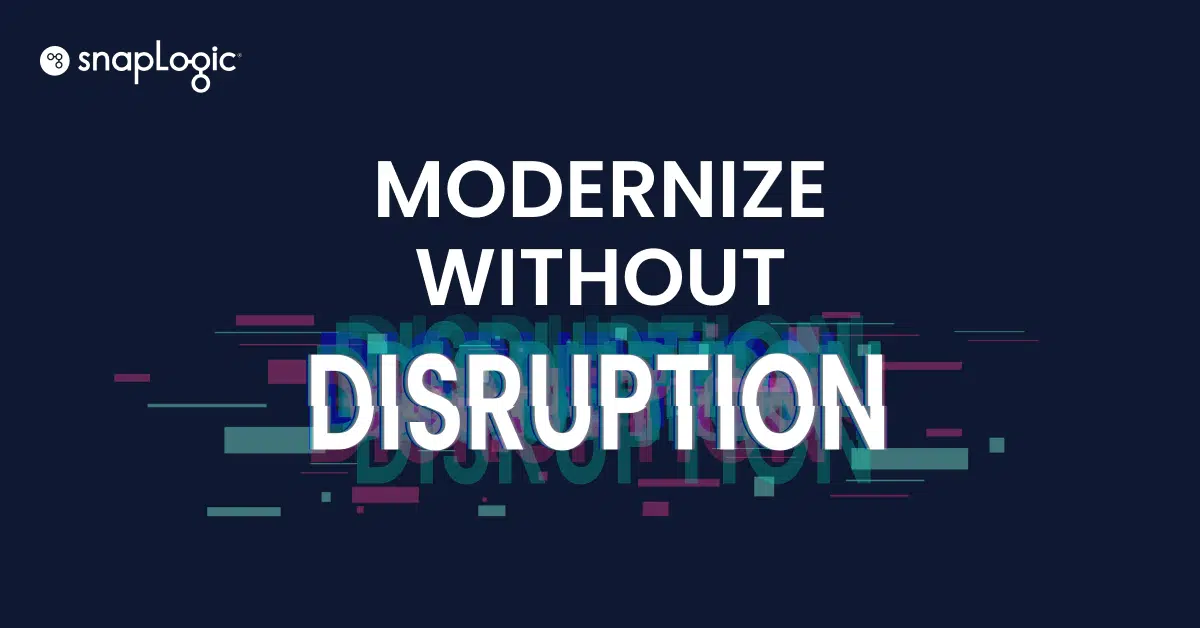
2 min read
Modernization Without Disruption Through a Unified Integration Platform
-
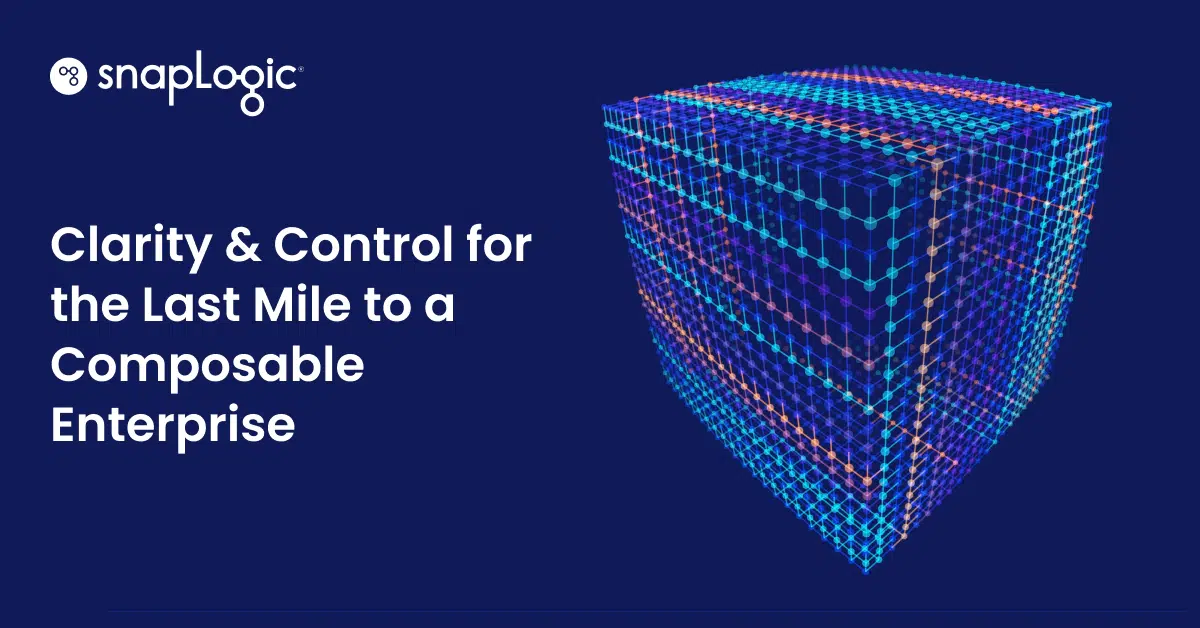
4 min read
The Last Step to a Composable Enterprise: Turning Data Into Intelligence
-

5 min read
Unlocking AI ROI with Agentic Integration
-

4 min read
Building Cost and Risk-Aware Systems for the Composable Enterprise
-

3 min read
Leveling Up Enterprise Agility with Agentic Integration
-

4 min read
Designing Responsible Data Pipelines for the Composable Enterprise
-
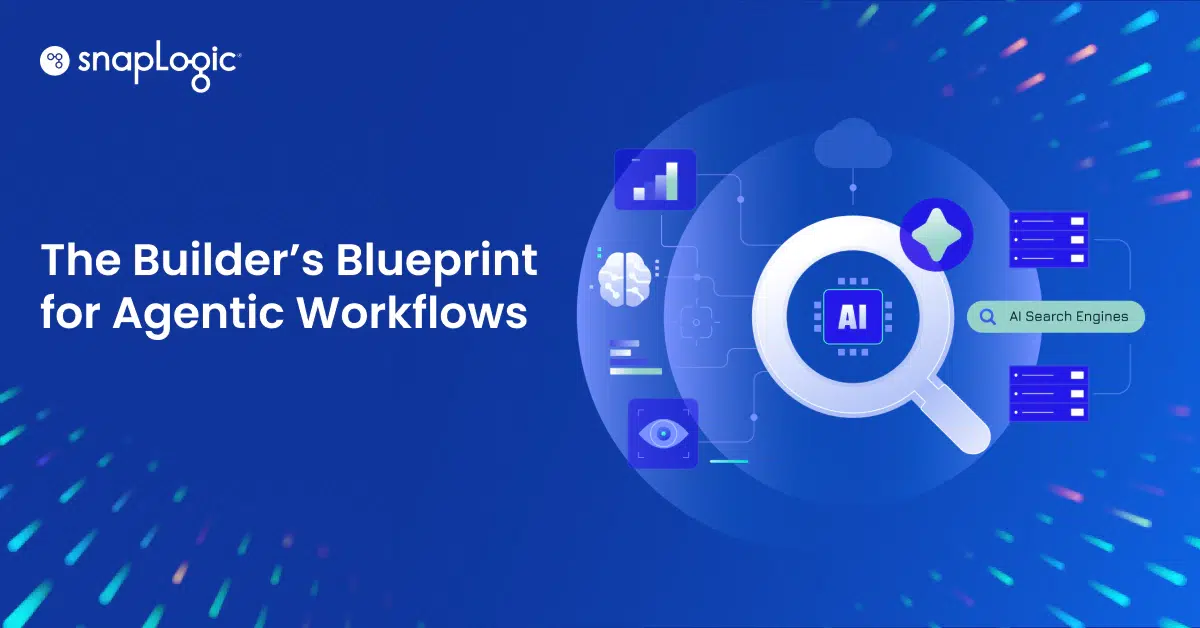
3 min read
The Builder’s Blueprint for Production-Ready Agentic Workflows
-

4 min read
More Than Connectors: How Snaps Power the Composable Enterprise
-
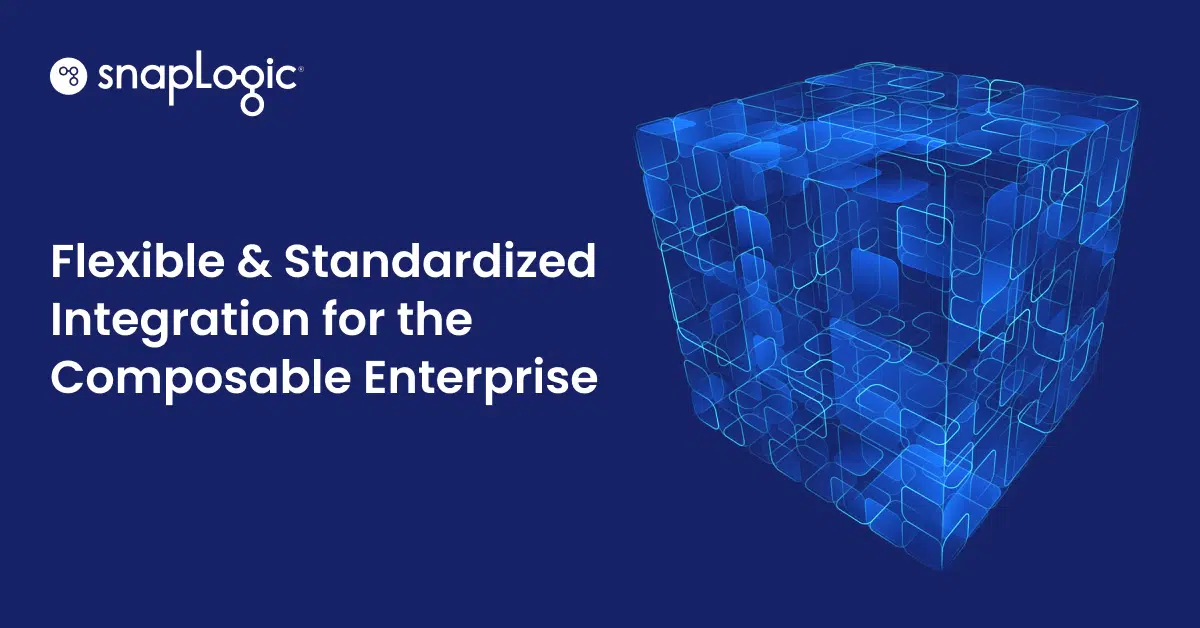
4 min read
Open and Standardized Integration for the Composable Enterprise
-
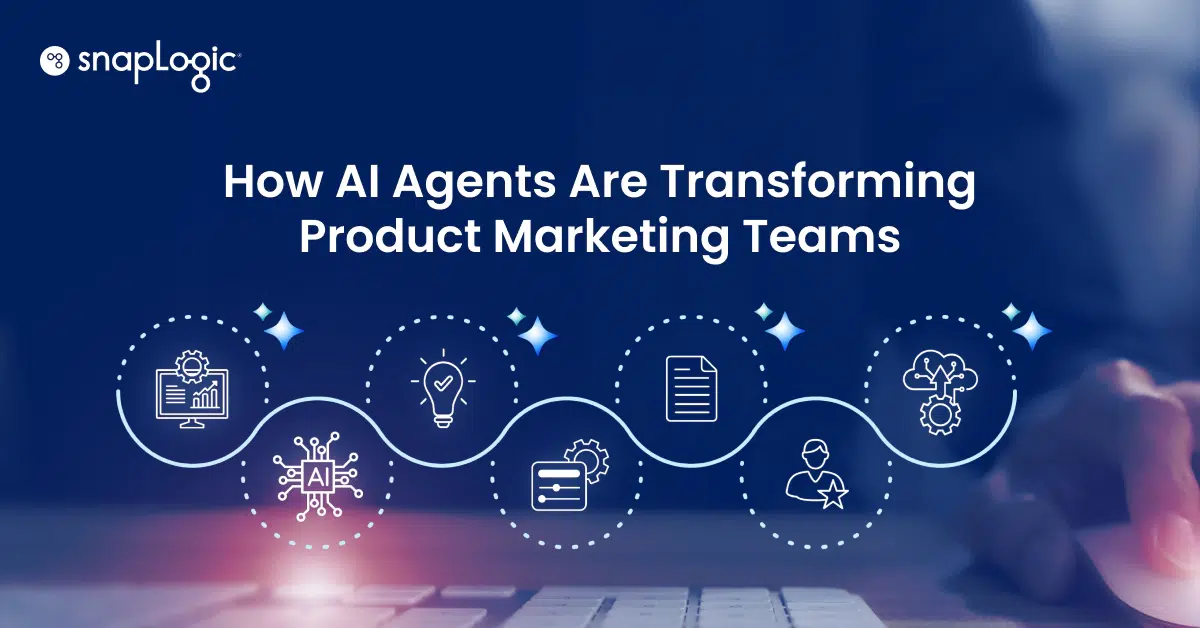
4 min read
The Rise of the Agentic Product Marketing Organization
-
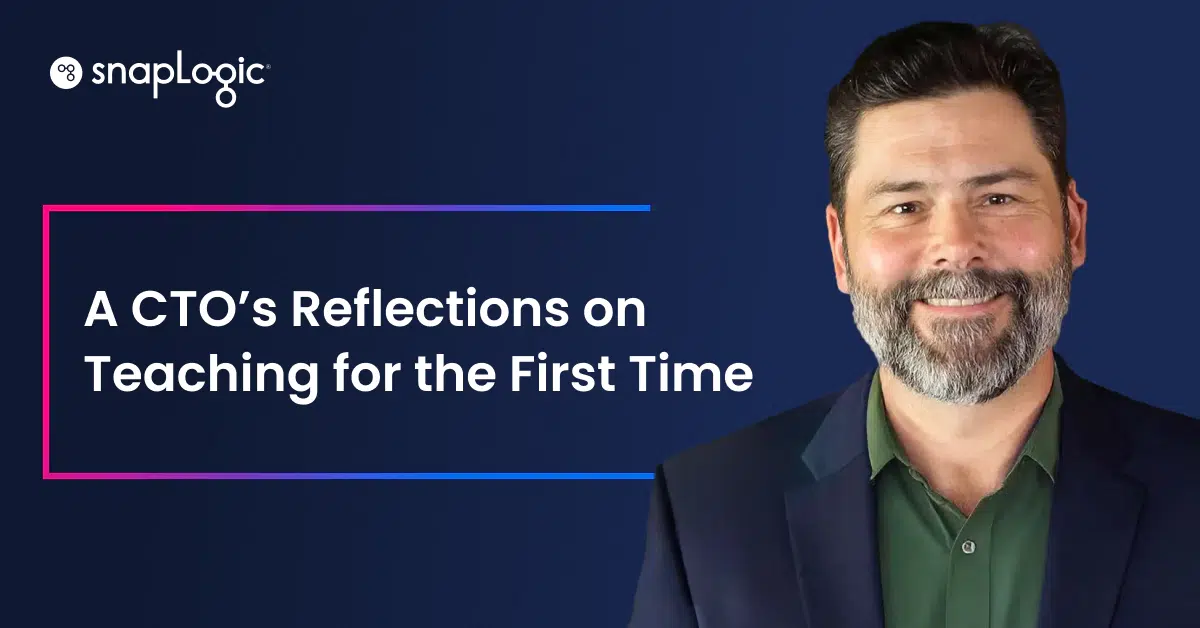
4 min read
What Teaching Taught Me: Lessons From a First-Time Tech Instructor
